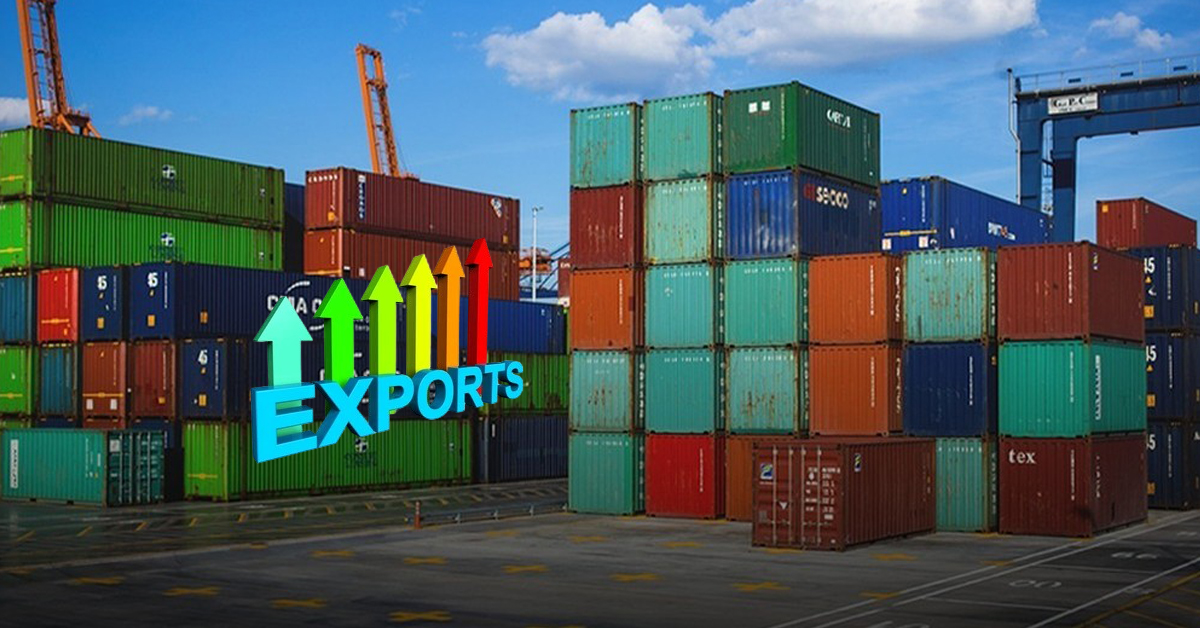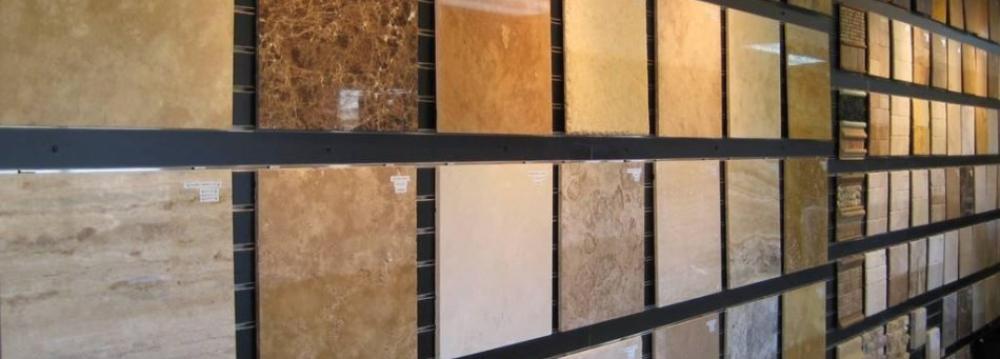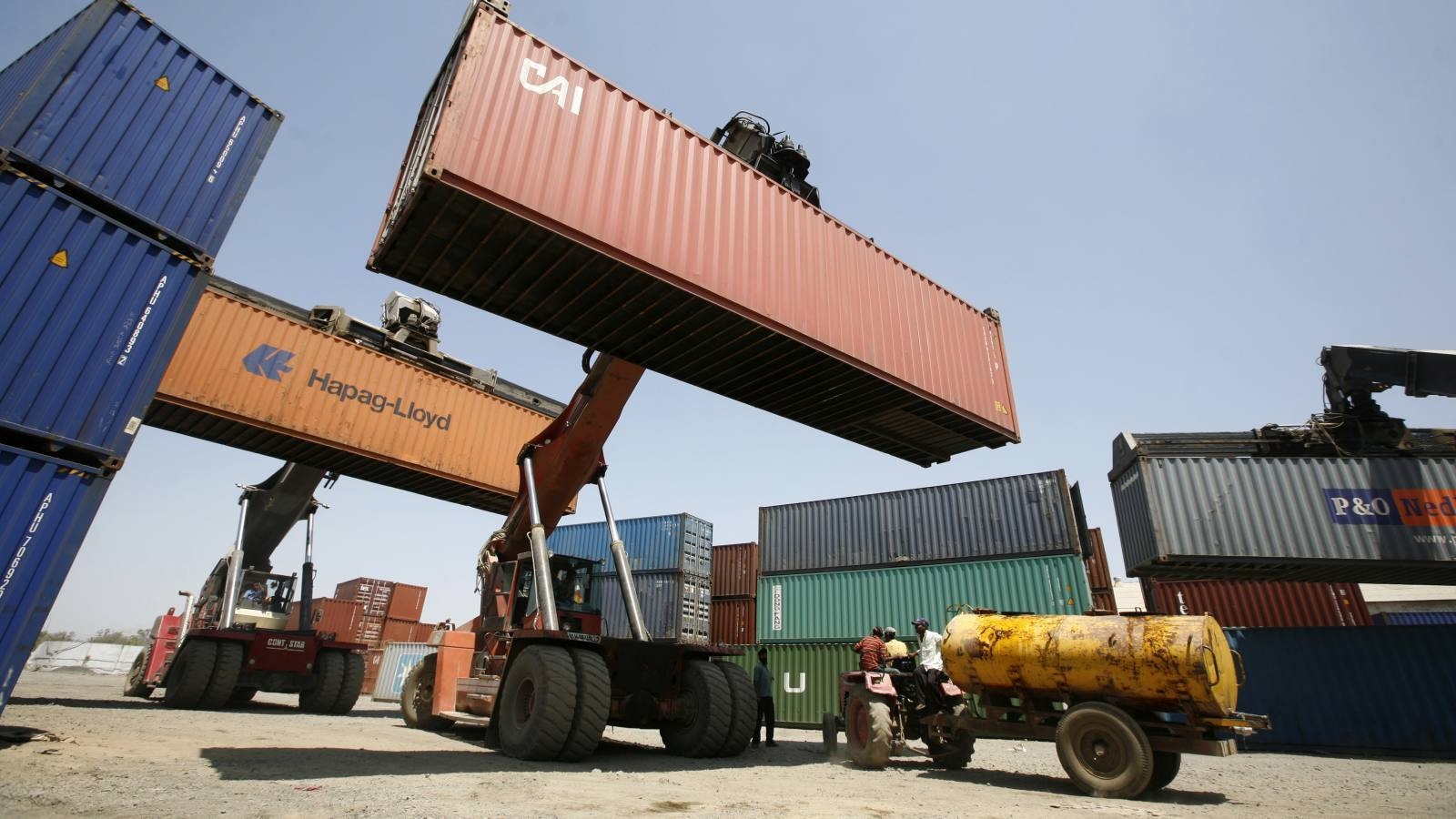Pakistan’s Ceramic Tile Industry: Challenges and the Role of Imports from Iran
The ceramic tile industry in Pakistan has grown significantly in the past two decades, fueled by rapid urbanization, rising middle-class demand for modern housing, and infrastructure development projects across the country. Yet despite its potential, the sector continues to face numerous challenges that limit its competitiveness in regional and global markets. High production costs, reliance on outdated technologies, energy shortages, and competition from cheaper imports have collectively slowed down local manufacturers.
Among all external players, Iran has emerged as a crucial supplier of ceramic tiles to Pakistan. Thanks to its geographical proximity, lower transportation costs, and a well-developed tile manufacturing industry, Iranian exporters have managed to capture a significant share of the Pakistani market. The flow of imports has helped meet Pakistan’s growing demand for ceramic products but has also raised concerns about the survival of domestic producers.
This article explores the current state of Pakistan’s ceramic tile industry, the challenges it faces, and the pivotal role Iranian imports play in shaping the market. It also examines future opportunities, government policies, and strategies for local manufacturers to remain competitive in a globalized economy.
The Evolution of Pakistan’s Ceramic Tile Industry
Early Beginnings
The ceramic industry in Pakistan began modestly in the 1970s with small-scale production units primarily catering to domestic needs. Tiles were seen as luxury items at the time, mostly used in upscale urban housing. Production methods were basic, and imports were limited due to higher tariffs.
Growth in the 1990s and 2000s
As urban centers like Karachi, Lahore, and Islamabad expanded, demand for affordable housing materials increased. Domestic manufacturers began investing in larger plants, introducing automated machinery, and diversifying product ranges to include wall tiles, floor tiles, and decorative ceramics. This period marked the first significant wave of competition between local producers and international exporters, particularly from China and Iran.
Current Market Size
According to industry estimates, Pakistan’s ceramic tile market is valued at over USD 500 million annually. Local producers supply roughly 40–45% of demand, while the remainder is filled through imports. This dependency highlights both the opportunities for growth and the vulnerabilities of domestic manufacturers.
Key Challenges Facing Pakistan’s Ceramic Tile Industry
1. Rising Production Costs
Energy is the backbone of tile manufacturing, which requires high-temperature kilns and continuous production cycles. Pakistan’s chronic electricity shortages, rising fuel prices, and heavy reliance on imported natural gas make production significantly more expensive compared to regional competitors like Iran.
2. Outdated Technology and Equipment
While some companies have upgraded their plants with Italian or Spanish machinery, a large number of small and medium-sized manufacturers still use outdated equipment. This affects product quality, increases wastage, and reduces efficiency, making it harder to compete with imported tiles that are both cheaper and more consistent in quality.
3. Lack of Raw Material Development
High-quality clay, feldspar, and other essential raw materials are limited in Pakistan. Many producers rely on imported raw materials, which raises costs and exposes them to currency fluctuations. Iran, on the other hand, has abundant natural reserves, enabling its manufacturers to produce tiles at lower costs.
4. Weak Distribution and Marketing
Domestic manufacturers often lack robust distribution networks. Large cities are well covered, but semi-urban and rural areas remain dominated by cheaper imports. Moreover, branding and marketing efforts are underdeveloped, making it difficult for Pakistani brands to establish a premium identity.
5. Policy and Regulatory Issues
Unstable government policies, fluctuating import duties, and inadequate incentives discourage investment in modern production facilities. Inconsistent tariff structures often make imported tiles cheaper than locally manufactured products, creating an uneven playing field.
The Role of Imports in Meeting Domestic Demand
Import Dependence
Pakistan currently imports over 50% of its ceramic tile demand, with Iran, China, and Spain among the leading exporters. Iranian tiles, in particular, are attractive due to their affordability, durability, and close proximity, which reduces shipping costs.
Iranian Tiles in Pakistan’s Market
Iranian tiles dominate Pakistan’s middle and lower-end market segments. Builders, contractors, and retailers prefer them because they balance quality with price. In contrast, Chinese imports cater to budget-conscious buyers, while European imports are positioned as luxury products.
Benefits of Imports from Iran
- Lower Costs: Proximity reduces logistics expenses.
- Product Variety: Iran offers a wide range of designs and finishes.
- Stable Supply: Long-standing trade ties ensure consistent availability.
Challenges Posed by Imports
- Pressure on Local Producers: Cheaper Iranian tiles undercut local pricing.
- Trade Imbalances: Heavy reliance on imports contributes to Pakistan’s widening trade deficit.
- Quality Standards: Not all imports adhere to strict quality standards, which sometimes hurts consumer trust.
Government Policies and Their Impact
Import Duties and Tariffs
The Pakistani government has frequently adjusted tariff structures in an attempt to balance consumer demand with local industry protection. However, inconsistent enforcement has often allowed under-invoicing and smuggling, particularly through border trade with Iran.
Support for Local Industry
Some incentives, such as reduced taxes on machinery imports, have been introduced to encourage modernization. Yet the lack of long-term policies, coupled with limited access to affordable financing, continues to hinder growth.
Regional Trade Agreements
Both Pakistan and Iran are members of regional trade bodies like ECO (Economic Cooperation Organization). These frameworks could provide opportunities for structured trade in ceramics, but political and economic challenges have prevented their full implementation.
Opportunities for Growth in Pakistan’s Ceramic Industry
Urbanization and Housing Demand
With Pakistan’s population projected to surpass 250 million in the next decade, demand for affordable housing materials—including ceramic tiles—is expected to rise sharply. This creates a major growth opportunity for local manufacturers if they can improve efficiency.
Export Potential
Pakistan has untapped potential to export ceramic tiles to Afghanistan, Central Asia, and even Africa. With strategic investments in technology and quality standards, the country could position itself as a competitive exporter.
Technological Upgradation
Adopting modern machinery, energy-efficient kilns, and digital printing technology could transform the industry. Investments in automation would reduce costs and improve product quality.
Branding and Differentiation
Local manufacturers can focus on building strong brands by highlighting unique designs inspired by Pakistani culture and architecture. Differentiation, rather than competing solely on price, could open premium market segments.
How Iran’s Ceramic Industry Shapes Pakistan’s Market
Strength of Iranian Manufacturing
Iran is among the top 10 global producers of ceramic tiles, with a production capacity exceeding 400 million square meters annually. Its industry benefits from abundant raw materials, low energy costs, and decades of investment in technology.
Trade Relations with Pakistan
Due to shared borders and cultural ties, Pakistan remains one of Iran’s natural export markets. Cross-border trade, both formal and informal, has consistently supplied Pakistan with affordable ceramic tiles.
Complementary Role
While Iranian imports compete with local producers, they also fill critical supply gaps. Without these imports, Pakistan would face shortages and higher prices, limiting construction activity and raising costs for consumers.
Strategies for Pakistan’s Local Manufacturers
1. Investing in Modern Technology
Modernization is no longer optional; it is essential. Access to international financing, joint ventures with foreign companies, and government-backed incentives could help upgrade production lines.
2. Building Strong Distribution Channels
Expanding beyond metropolitan cities and strengthening retail networks in rural areas would help local manufacturers capture untapped demand.
3. Leveraging E-Commerce
Online platforms for selling tiles are still underdeveloped in Pakistan. By adopting digital sales channels, manufacturers can reach a broader audience at lower costs.
4. Enhancing Quality and Design
Competing with Iranian and Chinese imports requires not only affordable pricing but also superior quality and innovative designs. Collaborations with designers and architects could elevate the appeal of Pakistani tiles.
5. Government Collaboration
Industry associations must work closely with the government to advocate for fair tariff policies, access to cheaper energy, and export promotion strategies.
Future Outlook
Pakistan’s ceramic tile industry stands at a crossroads. On one hand, challenges like high production costs, weak infrastructure, and import dependence threaten local survival. On the other hand, opportunities linked to population growth, urbanization, and technological advancements present a path toward sustainable growth.
Iran will continue to play a pivotal role in shaping Pakistan’s market. While imports from Iran provide affordability and supply stability, they also underline the urgent need for Pakistan’s manufacturers to become more competitive. The future of the industry will depend on balancing imports with domestic growth, leveraging regional cooperation, and investing in modernization.
Conclusion
The ceramic tile industry in Pakistan reflects both promise and struggle. With a growing domestic market driven by urbanization and housing needs, the sector has strong potential. However, systemic challenges—ranging from high energy costs and outdated machinery to weak government support—have limited its capacity to thrive.
Imports from Iran play a dual role: they meet essential demand and provide affordable solutions, but also intensify competition for local manufacturers. To secure the future of the industry, Pakistan must focus on modernizing production, strengthening distribution, and formulating consistent policies that encourage growth. By striking the right balance between imports and domestic production, Pakistan can transform its ceramic tile sector into a sustainable, competitive, and export-ready industry.
قیمت های موجود در سایت تاریخ بروزرسانی آن ها ذکر شده و قیمت نهایی محصولات نمی باشند. لطفا جهت ثبت سفارش و استعلام قیمت بروز با کارشناسان ما در ارتباط باشید.
(035-3357)

